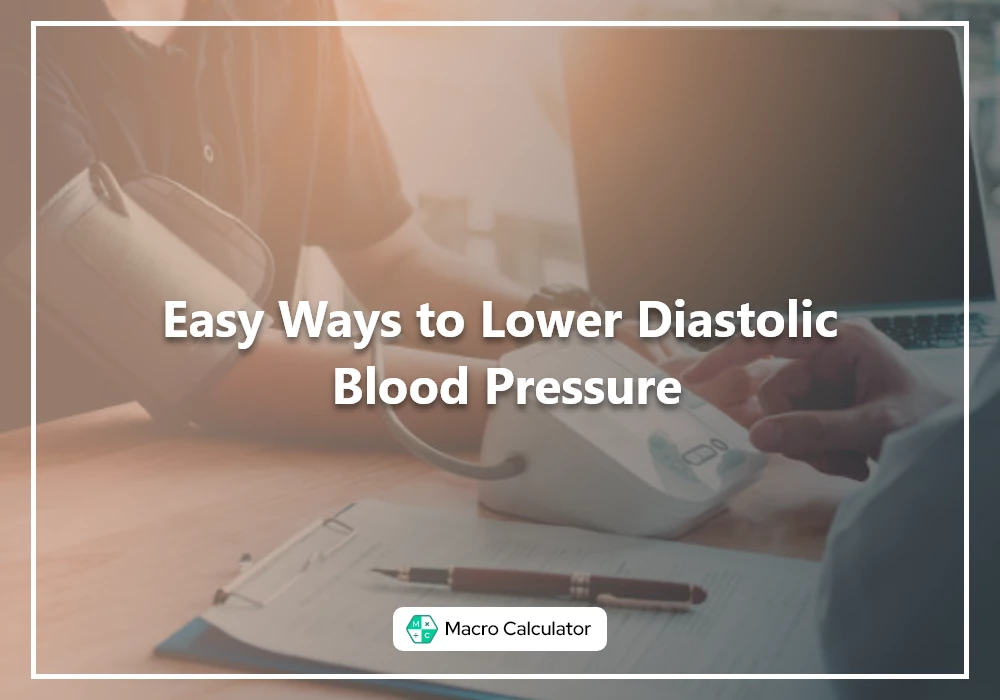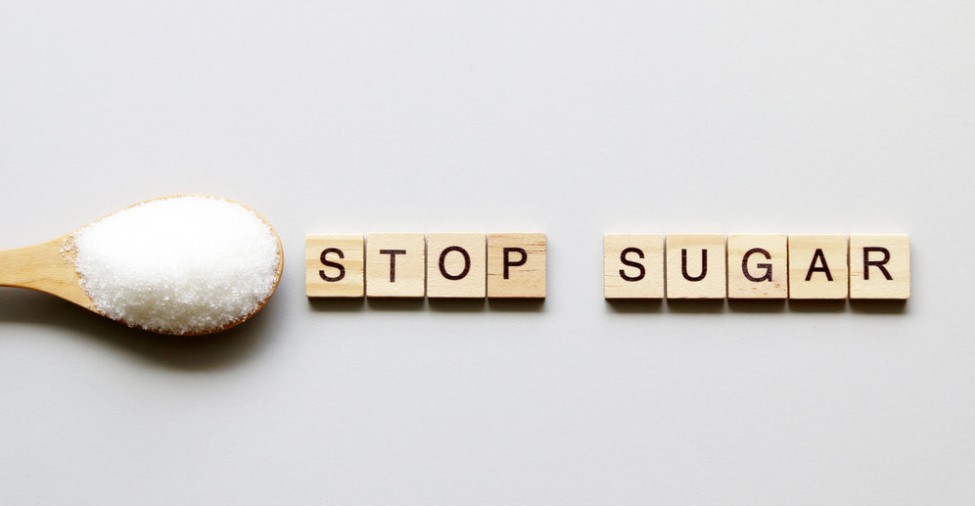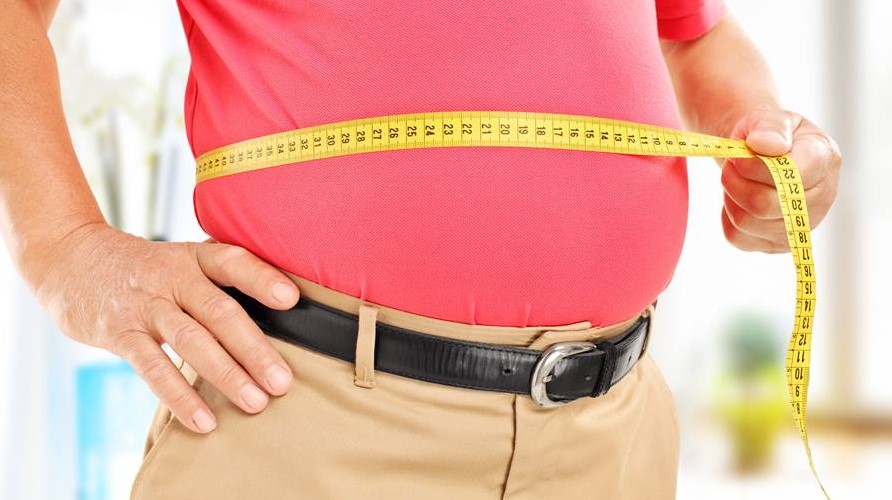 July 02, 2021
July 02, 2021
You can do many things to lower your blood pressure, such as changing your lifestyle and taking blood pressure medicine.
Though, you can't target that alone if you only have elevated diastolic blood pressure. You will need to work closely with your doctor to reduce blood pressure while not allowing it to fall below 60 millimeters (mmHg).
Learn how to lower the blood pressure and learn more about hypertension.
Follow the following 20 tips to help lower the blood pressure level, including diastolic blood pressure.
Foods essential to a balanced cardiovascular diet include vegetables such as spinach, broccoli and carrot fruits, including apples, oranges or banana, particularly omega-3 fatty acids that are lean cuts of beef, pork or turkey, fat-free or low-fat dairy products such as cheese and whole grains or yogurt such as brown rice and eggs.
Limit saturated and trans fats No foods rich in saturated or trans fats should be consumed. Fast food, hot dogs and frozen food are some examples.
Sodium will increase blood pressure, restricting your consumption to 1,500 mg or less daily.
Potassium will reduce the effect of sodium on your blood pressure. Try to boost potassium-rich food, including bananas, spinach, and tomatoes.
Caffeine is a blood pressure stimulant. Try limiting your intake, particularly before activities such as exercise that can increase blood pressure, if you have hypertension.
Excess alcohol can increase blood pressure. Consume moderately. It means for men two drinks a day and for women, one drink a day.
Foods will add calories that you do not need to add to your diet. Remove food and drinks containing added sugars or sweeteners, such as soft beverages, cakes, and candy.

A 2010 study of 15 research suggests that dark chocolate can improve blood pressure a little. Select dark chocolate from other kinds and make sure it is at least 70% cocoa if you eat chocolate.
The DASH food plan will help you get a healthy diet. Several studies have shown that the following DASH diet can help lower blood pressure and cholesterol, according to the National Institutes of Health.
Sometimes without knowing it, you can eat foods that have too many calories, sodium or fat. You can prevent this by reading food labels carefully, remembering items such as calories, sodium, and fat per serving.
Lowering the blood pressure a bit by weight will help a lot. Essentially, every two pounds you lose you will reduce your blood pressure by about 1 mmHg.
A wider waistline will put you at greater risk for heart disease. Generally speaking, men should try to keep their waistline below 40 inches to reduce their risk. Women will aimless than 35 centimeters.

Not only can physical activities and workouts help you lower your blood pressure, but they can also help. Take 30 minutes of aerobics on most days of the week.
Another factor that can increase blood pressure is stress. Try to avoid stress-causing issues. Activities such as meditation or deep breathing can also help reduce tension.
Nicotine is a stimulant to increase blood pressure. The walls of your blood vessels can also be damaged. Not only does it support your overall health by quitting smoking, but it can also help lower blood pressure.
While further research may be needed, studies show that supplements such as garlic may help to reduce blood pressure.
Bacteria that are helpful to your digestion are probiotics. In 2016, probiotics can be used to relieve blood pressure. A 2007 study showed that traditional Chinese acupuncture helped to lower blood pressure.
Monitoring home blood pressure not only helps you to know whether your treatment works, but it also alerts you if your blood pressure worsens.
Your health care professional may prescribe medications to help lower blood pressure. Popular blood pressure drugs include: calcium channel blocker angiotensin-converting enzyme inhibitor angiotensin II blocker Blood pressure information Blood pressure levels calculate the impact of blood on artery walls. If these readings are too high, high blood pressure or hypertension is said to occur.
When your blood pressure is measured, two numbers are generated.
Over the years, much attention has been paid to systolic blood pressure, which gradually increases with age, as the two figures are most significant.
Today, it is recognized that both are equally important, and hypertension can be treated if either number is too high. People with high diastolic blood pressure can also be more likely to develop high systolic blood pressure.
Diastolic blood pressure tests the pressure between the heartbeats of the walls of your arteries. Normal blood pressure is less than 80 mmHg in diastolic form. Systolic blood pressure tests your artery's walls as your heartbeats. Normal systemic blood pressure reaches 120 mmHg.